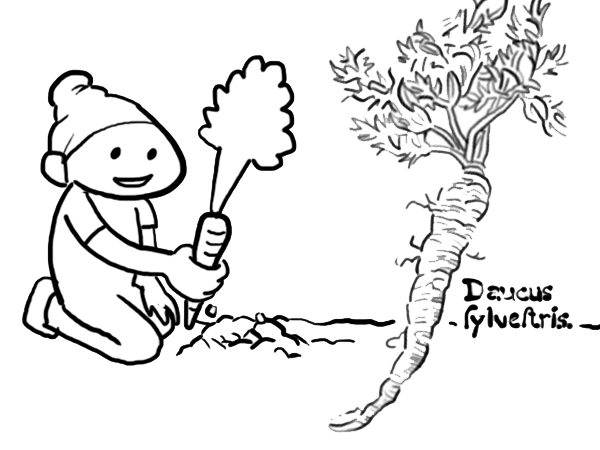Let’s Meet Learning Outcomes!
Outdoor classrooms need to be part of the main work of the school – that is, the teaching and learning of the curriculum. Learning in an outdoor classroom is most successful when it is integrated with the school curricular topics. However, within the century-and-a-half that public schooling has existed, the established tradition has been to teach curriculum mostly within indoor classrooms.
However even in subjects like math, art, language arts, science and social studies, the outdoor classroom can be both a place to learn and a co-teacher.
In the outdoor classroom, students and teachers encounter a world of living things (trees, plants, birds, insects, animals), a world of weather, wide open spaces, sky, earth, water, rocks, soil and sand. With a little thought, it’s easy to see how science topics in biology, geology, astronomy, physics, chemistry, ecology, and agricultural science are a natural fit for outdoor learning.
In the history of human cultures, people have always lived in close contact with the outdoors and the natural world (or have up till very recently!) People have always needed to grow and gather plants for food, as well as for fibres, medicines and dyes. In the history of our cultures, much of mathematics, applied arts, foods and nutrition, and even the arts and literature have developed in response to natural patterns and cycles. There is a wealth of human history and culture intimately connected with our relationships with the outdoors and the more-than-human world – and if we begin to think this way, it becomes clear that every school subject is deeply connected and exemplified in the living world of the outdoor classroom.
In work on teaching and learning in school gardens in countries around the world, researchers have experimented and field tested garden-based lessons for K-12 classes in just about every school subject area. An outdoor classroom in a school garden or playground offers opportunities to teach and learn in all curricular areas – for example:
- social studies (learning about historical Chinese-Musqueam cultural contacts through a traditional Chinese Market Garden; growing, threshing and grinding wheat and baking bread as medieval farmers did; learning about traditional plant-based foods and medicines in collaboration with First Nations teachers)
- language arts and drama (ecopoetry walks; writing and performing garden-based plays, stories and operas; doing Shakespeare’s A Midsummer Night’s Dream or The Tempest in its out-of-doors setting)
- science (tracking the annual course of the sun with 6-month pinhole cameras; learning about plant growth and ecosystems)
- math (experimenting with body-based measurement and estimation in planting garden plots; building hyperboloid garden gates; exploring fractal plant patterns and Fibonacci sequences)
- foods and textiles (growing herbs, vegetables and berries for cooking; growing and foraging fibre and dye plants to be used in weaving, knitting and braiding)
- music (growing plants to create musical instruments; listening to the sounds of the human and more-than-human world in the garden, and creating wind-based and place-specific musical compositions)
Designing a school playground as a learning space for a varied curriculum can start very simply, by creating a variety of small ecosystems, garden spaces, wide open and closed places, places to gather, talk, write and draw, places to run and stretch, places to sit alone or in groups on rocks, logs or benches. As teachers and students begin to work with curricular connections in the outdoor classroom, new growing features and structures may be added: a Three Sisters traditional garden, a hyperboloid gate, an Aeolian wind harp, a rain gauge, and outdoor stage, a mosaic in the form of a Fibonacci spiral…Each new addition can become part of the school’s ongoing tradition of teaching and learning curriculum both indoors and out.
